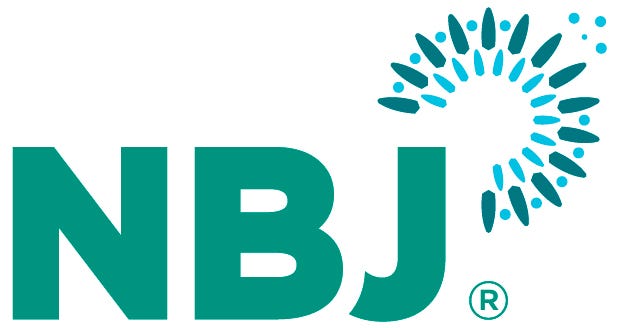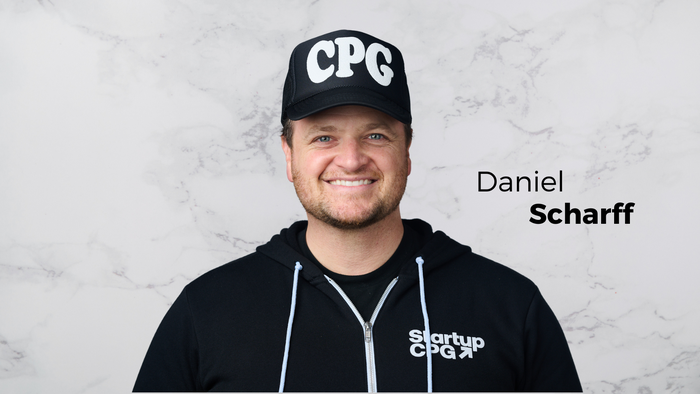May 6, 2024

This article was originally published in Nutrition Business Journal's Market Overview Issue.
Have the needs changed since you founded Vitamin Angels?
Howard Schiffer: I don’t know if the needs have changed so much as that our understanding of the needs has changed. Initially, we were so focused on one issue that we were not seeing the whole problem. There was a much more complex problem, and we’re building the organization to respond to that problem. So, it’s not just handing out vitamin A; it’s doing the de-worming; it’s now doing multiple prenatal vitamins; it’s doing breastfeeding advocacy; it’s working to change global policy. I mean, it’s a much different organization, but the world has also changed. Climate change is affecting crops, with droughts wiping out crops or just bringing down nutrition levels. Civil strife and wars have affected nutrition levels. Health inequity has grown as income inequality rises. People in the bottom 90% have less resources, so obviously that translates into poor nutrition for their families.
What does it require for your organization to adapt to that?
HS: We’ve had to build capacity at a phenomenal rate, and we’ve had to change what we’re doing and how we’re doing it constantly over these 30 years. We’ve had to build in the expertise. We’ve had to really build in the collaboration. We’ve had to build our credibility—doing more research, publishing more, speaking more. Visibility and credibility have become key in order for us to be effective.
Has the supplement industry responded to the evolution of needs and mission?
HS: The nutrition industry has been our base, and it’s still our base. Unfortunately, while a lot of the relationships that started many years ago still go on today and still play an important role, I think that, considering the size of the industry, the support has not grown at the rate that maybe we would hope it should, especially considering how we feel like we’re the perfect proof point for so much of what the industry is about. Our donors are solid, and they’ve stuck with us, but we haven’t had as many new donors as we’d like. The industry is a major force right now, and we think there’s a lot more opportunity to bring in new players.
What international countries and regions do you consider your primary focus right now?
HS: There are priority countries where we feel the problem is significant enough, and therefore the opportunity really is there to impact lives. Countries like Mexico, Uganda, Nigeria, the Democratic Republic of Congo, India, Indonesia and the Philippines. We have teams on the ground there and indigenous partners that will help us reach the end user. But it’s also every state in the United States. We’re the only industrialized country where maternal and infant mortality rates have been increasing in the last 20 years, while half of the rural hospitals in the U.S. in the last 10 years have closed labor and delivery wards.
Do you think the industry understands the domestic needs you described?
HS: Honestly, no. They want to see something in their own backyard, but I don’t think they realize the scope of the problem. If you tell people that rural hospitals have closed their labor and delivery wards, or what maternal and infant mortality rates have done compared to peer countries, that’s shocking to them. So, I don’t think there’s an awareness. If something doesn’t affect you, sometimes you aren’t even aware that it’s there. And the truth is, the populations that are affected are under-resourced pregnant women in low-resource communities. It’s Black, Latina, Indigenous, undocumented and incarcerated communities. Those communities don’t have the voice or the connections to really let people know how serious things are. I think, in the pandemic, people finally got that. The hospitalization rates and mortality rates for Black people were higher than in any other population. The inequity becomes apparent in a crisis, but I think, otherwise, it’s just not that big of a problem unless somebody brings it up.
Are there particular needs that are the hardest to meet in 2024?
HS: Obviously, the Middle East right now is a big challenge. Well, anytime there is a war, it’s hard for us to get goods into those countries. It took us a year and a half to get into Syria. We’re well aware of what the problem is. Any time there is conflict, malnutrition levels go up. We have the solution, we just need the support.
What are some of the ways you have learned to adapt to changing conditions?
HS: We always need to operate according to the conditions that are present. So, during the pandemic, as an example, there were countries where everything was shut down. It was very hard to get product to the people who needed it. But at the same time, we found out that state governments in some of these countries really needed help. They were aware of how serious conditions were, so we expanded our network and included more country governments and state governments in how to reach the population. We’re continually trying to innovate. Right now, we have a domestic program that’s quite large, going through a major retailer, Walgreens, to get vitamins to pregnant populations in low-resource communities. We brought in community groups in those areas that are trusted by the people in those communities. They handed out a brochure that has a free coupon inside. We have this collaboration going with a leading academic institution, and the collaboration is to do implementation research, and we’re doing it across the U.S. and about 18 countries around the world. Implementation science research is being employed to uncover what the barriers to access are and making sure that your program is going to be successful. Is it access, and people either don’t have the transportation or there’s not a facility close by to get the multiple vitamins they need? Or is it awareness? That they just don’t have the knowledge? Or is it acceptance? That there’s some kind of taboo or bad press about supplements? Or is it affordability? The program that we do gets built around the research, so it’s different, depending on what data we get. It really depends on what we learned and then just how we need to craft a strategy to go forward.
U.S. politics are more divisive than they were when you started Vitamin Angels. Does that make it more complicated for you to get support?
HS: Not really. In all transparency, we have people on both sides of the political spectrum who are supportive of the work, but what we’ve tried to do is keep the work in the forefront and remind people that what we’re trying to do is give women and children a chance at a healthy life. The nature of politics today is divisive. I’ve really worked hard to just stay out of that.
Where do you see Vitamin Angels in 30 years?
HS: What I see is that the opportunities to collaborate will continue to grow. And I think we’ll get more skilled at setting up the programs and addressing the issues in a more holistic way, to create programs that are scalable and sustainable, which is part of implementation science research. I think nutrition is going to get more into the sustainability metrics for the people who are controlling a lot of the big funds. I think that’s the opportunity: to bring in a lot more funding for this work. There’s very little money that actually goes into solving these problems, and the upside is so significant. A report on multiple prenatal supplements showed that the return on investment with getting MMS into national health policy was about 37-to-1. That’s a big delta to really start to change things.
For more insights into the ever-evolving supplement industry, subscribe to Nutrition Business Journal.
You May Also Like




